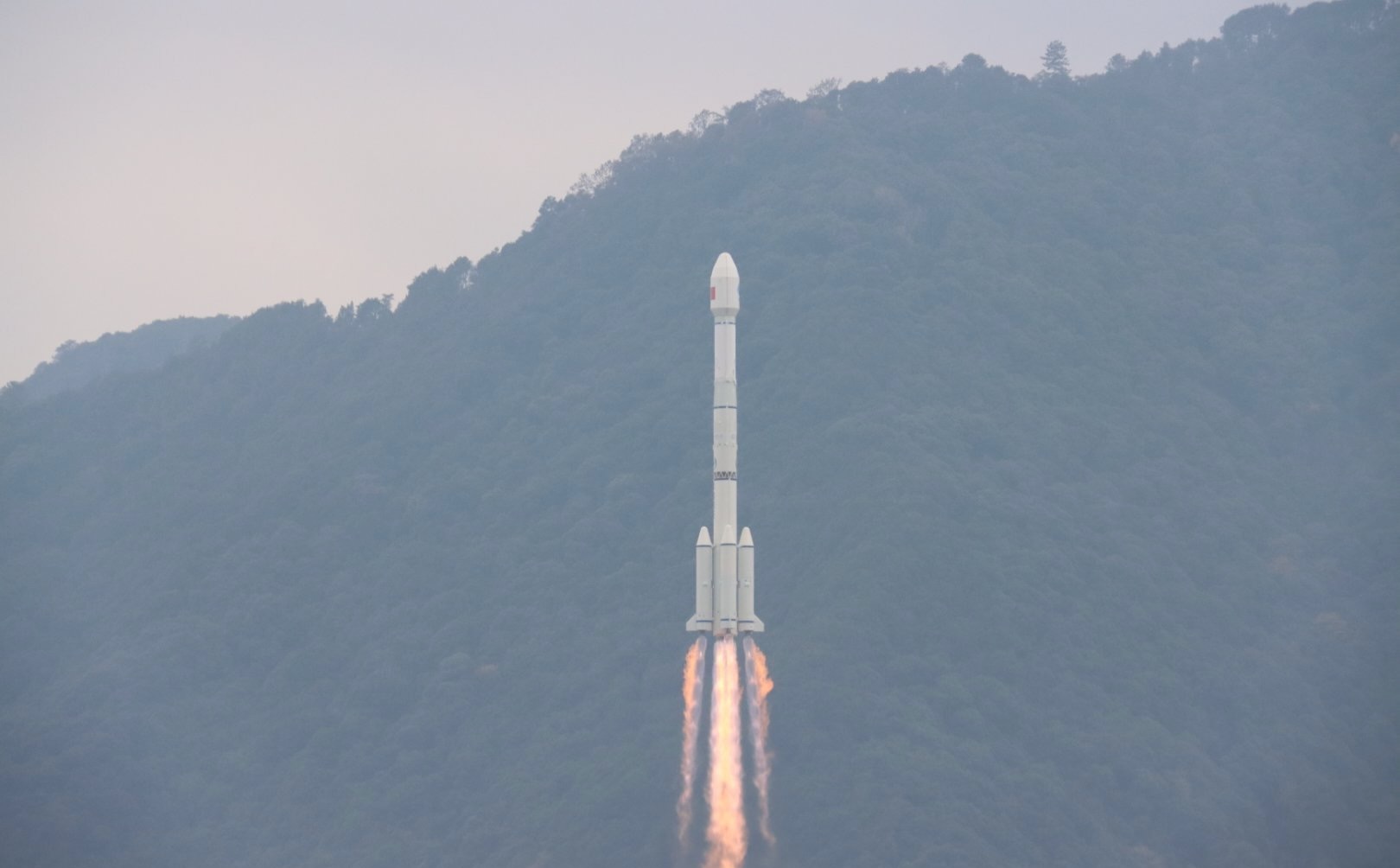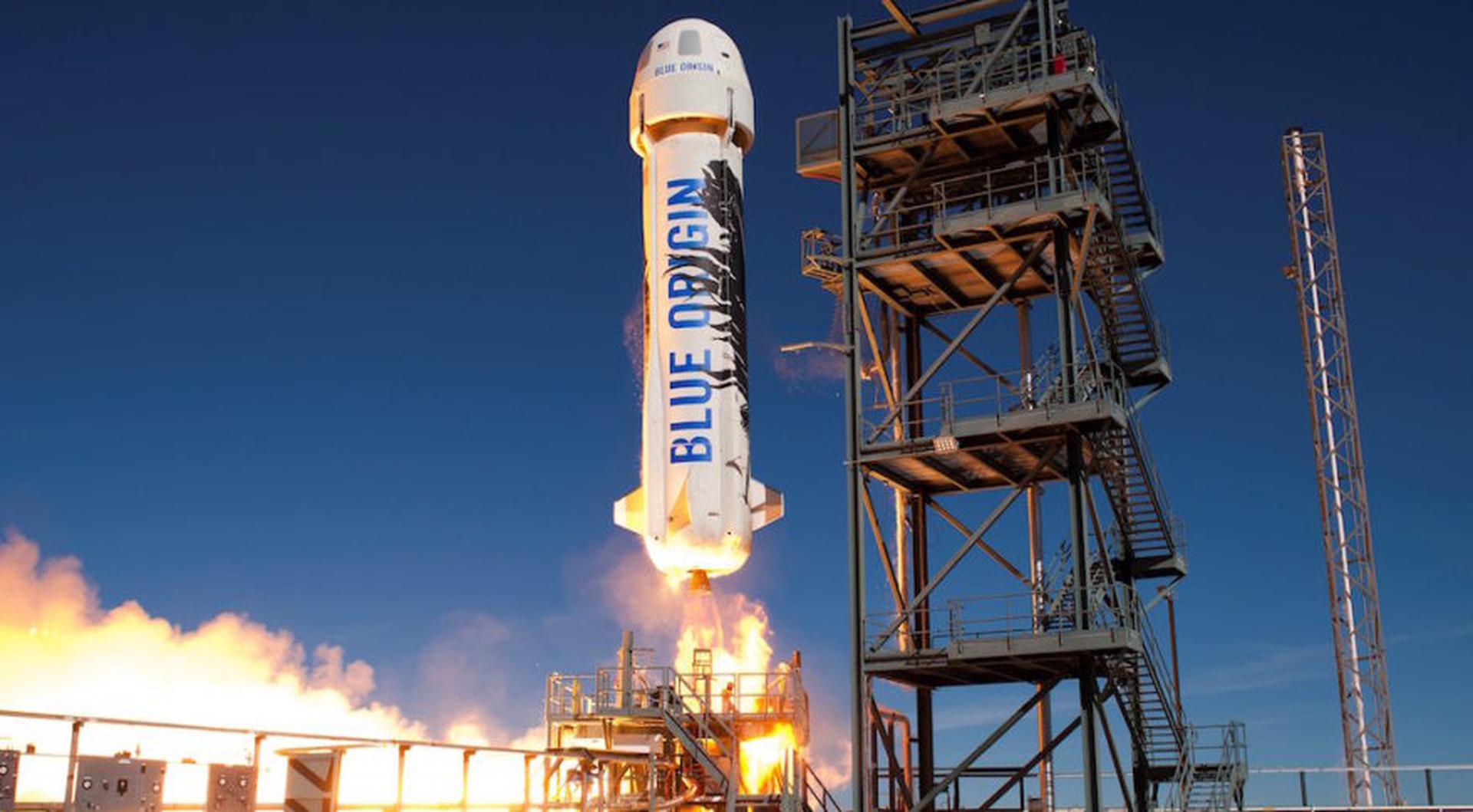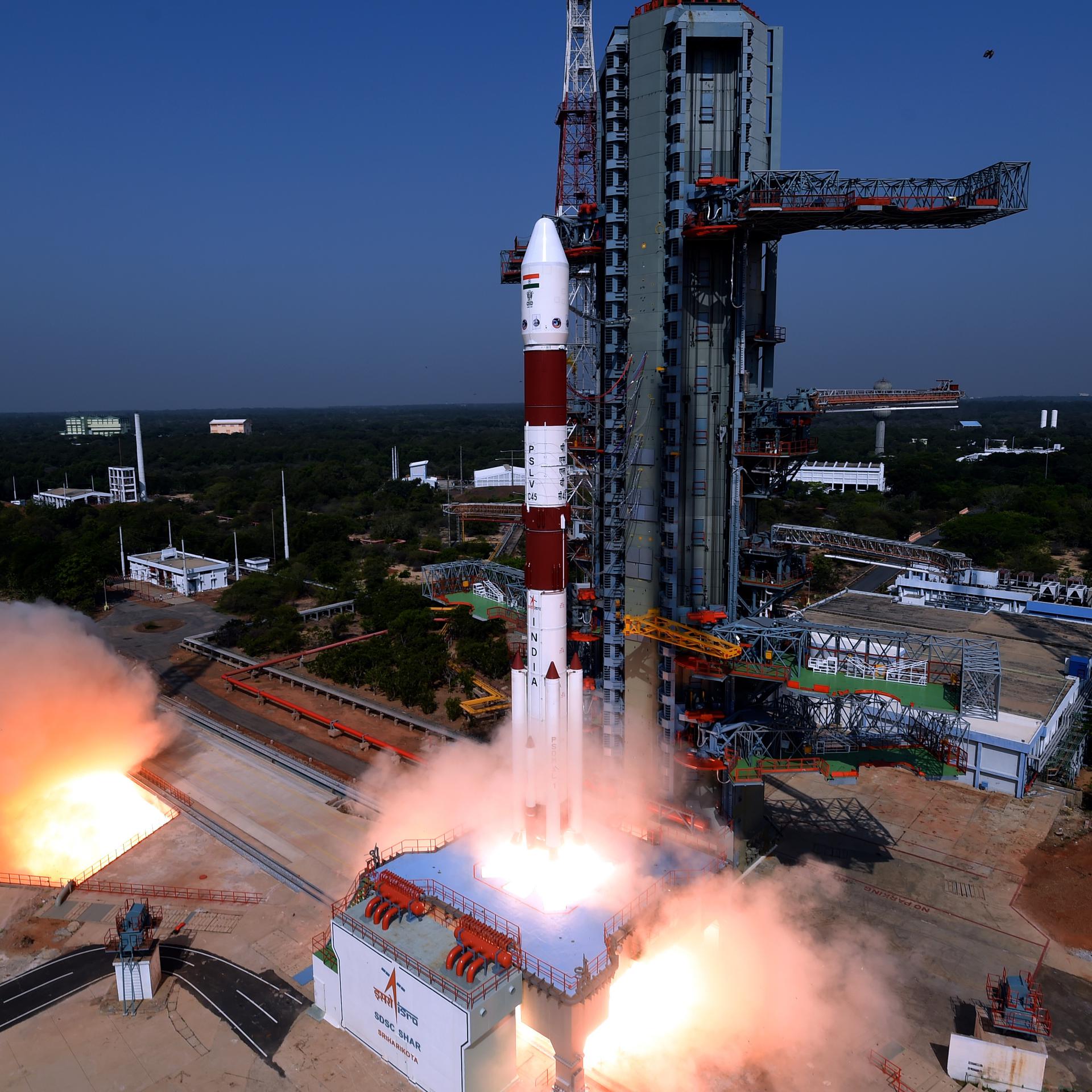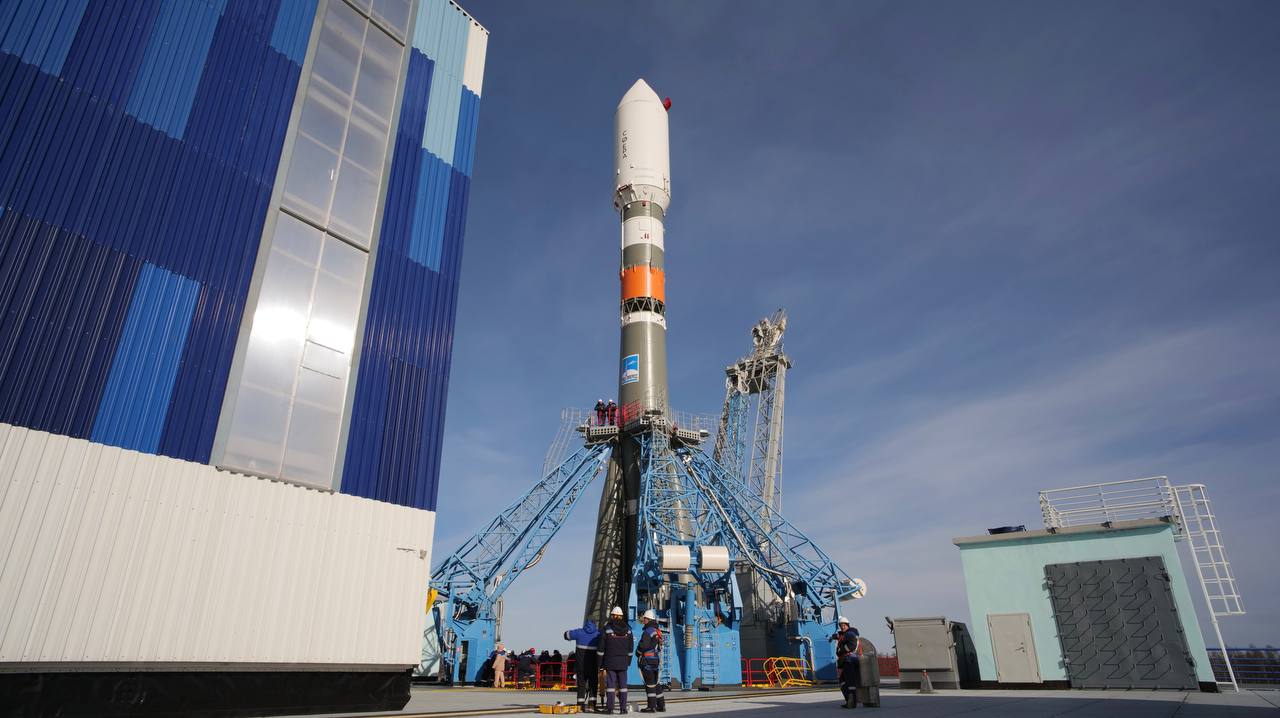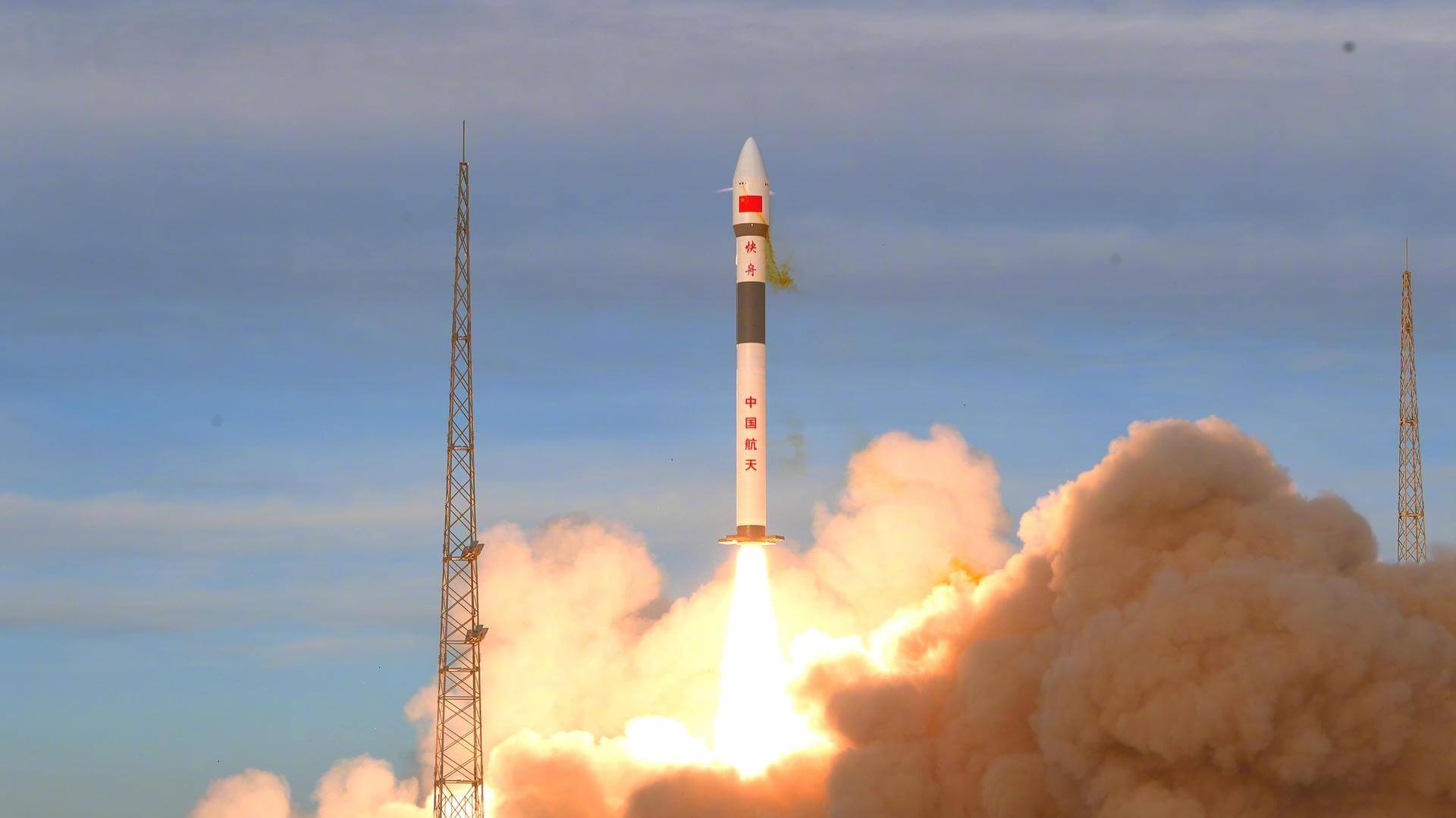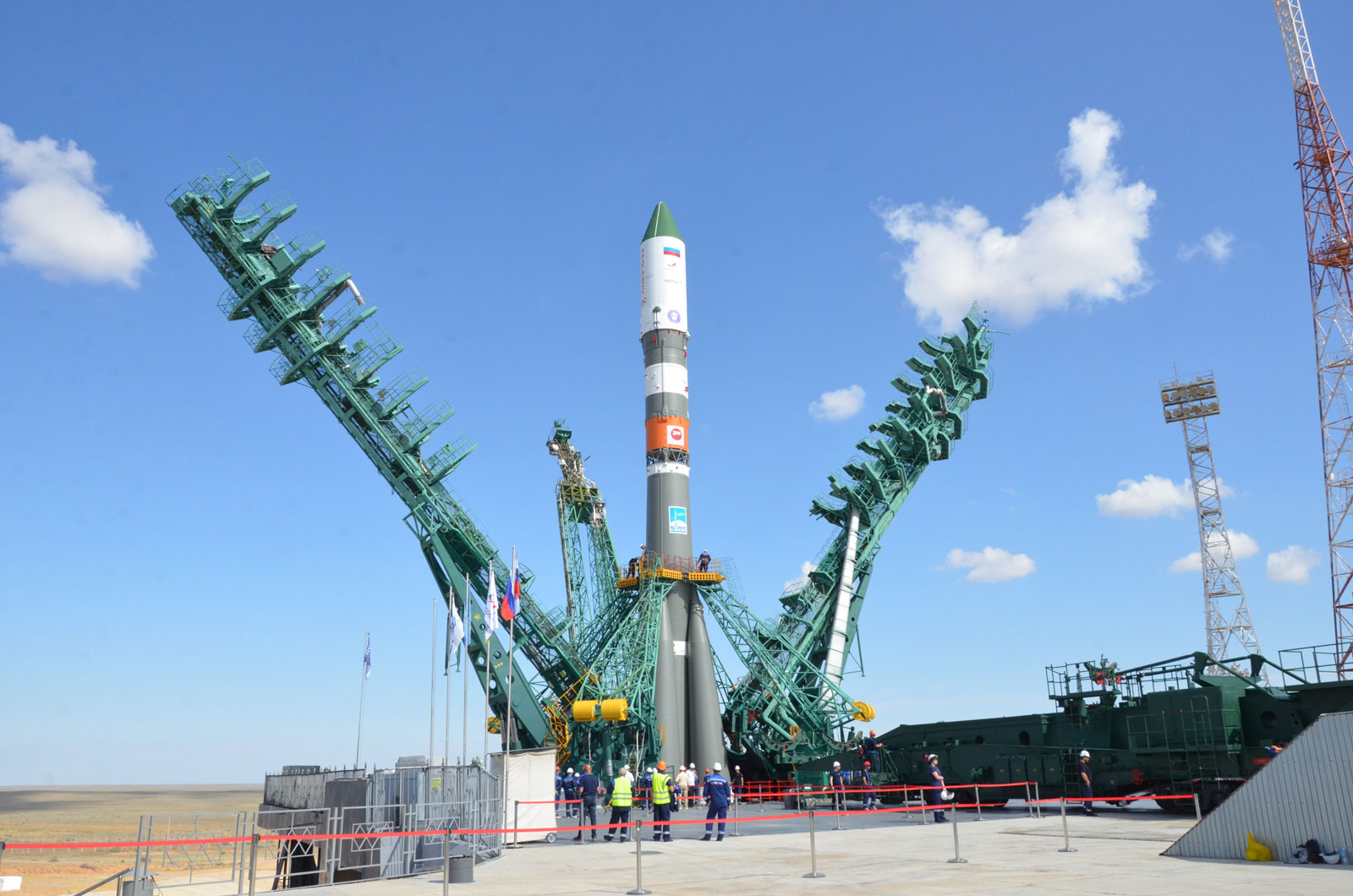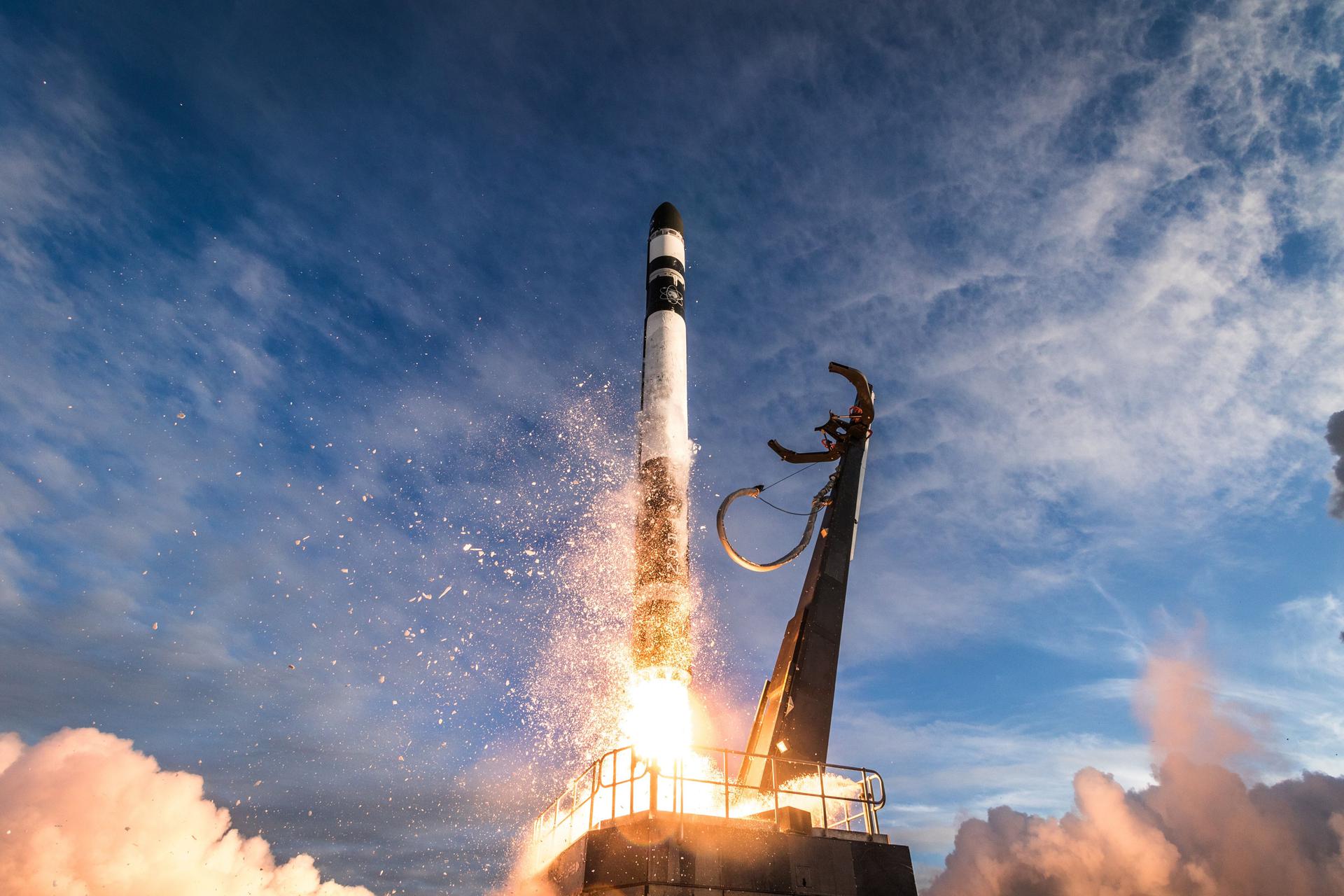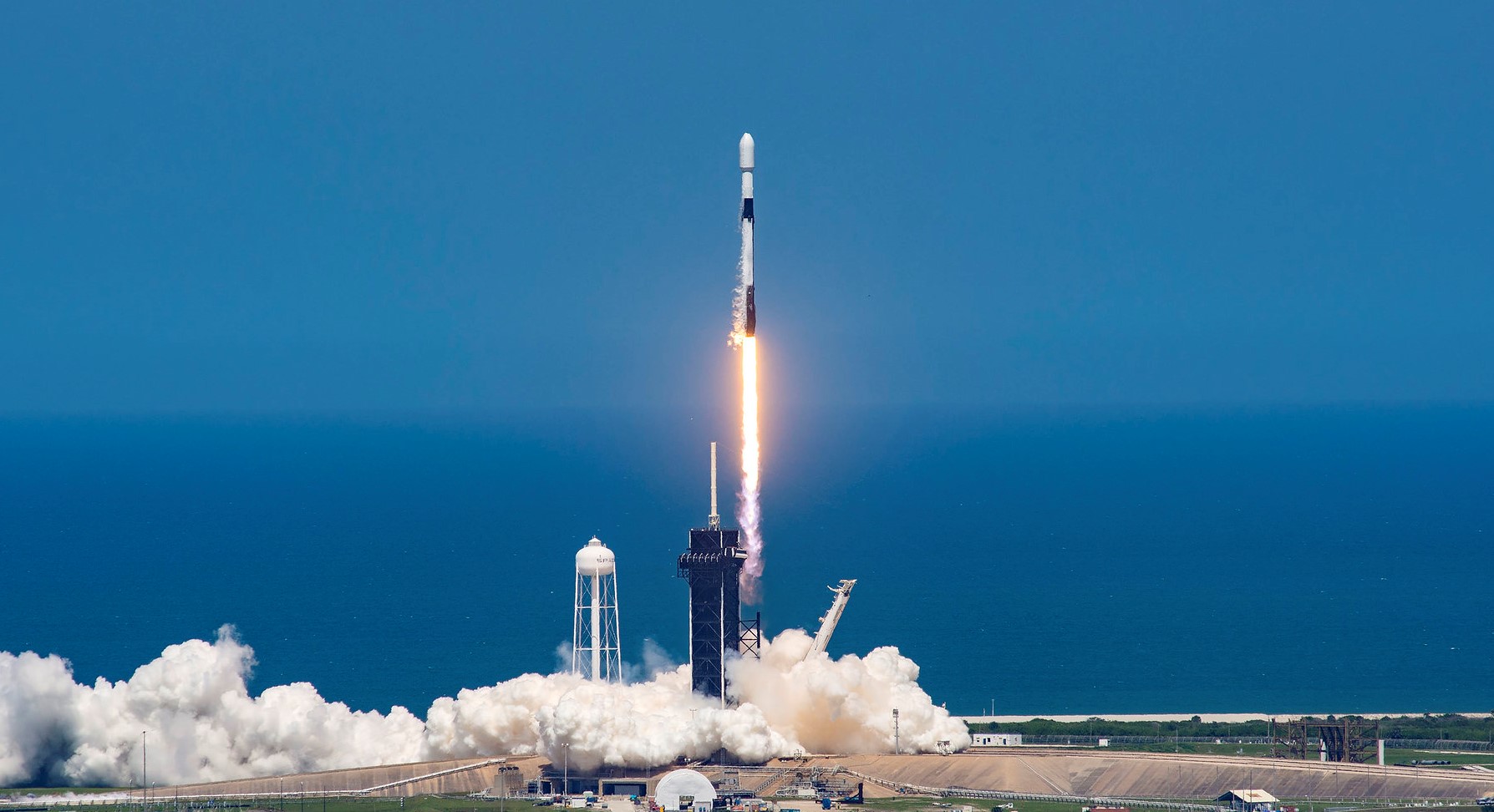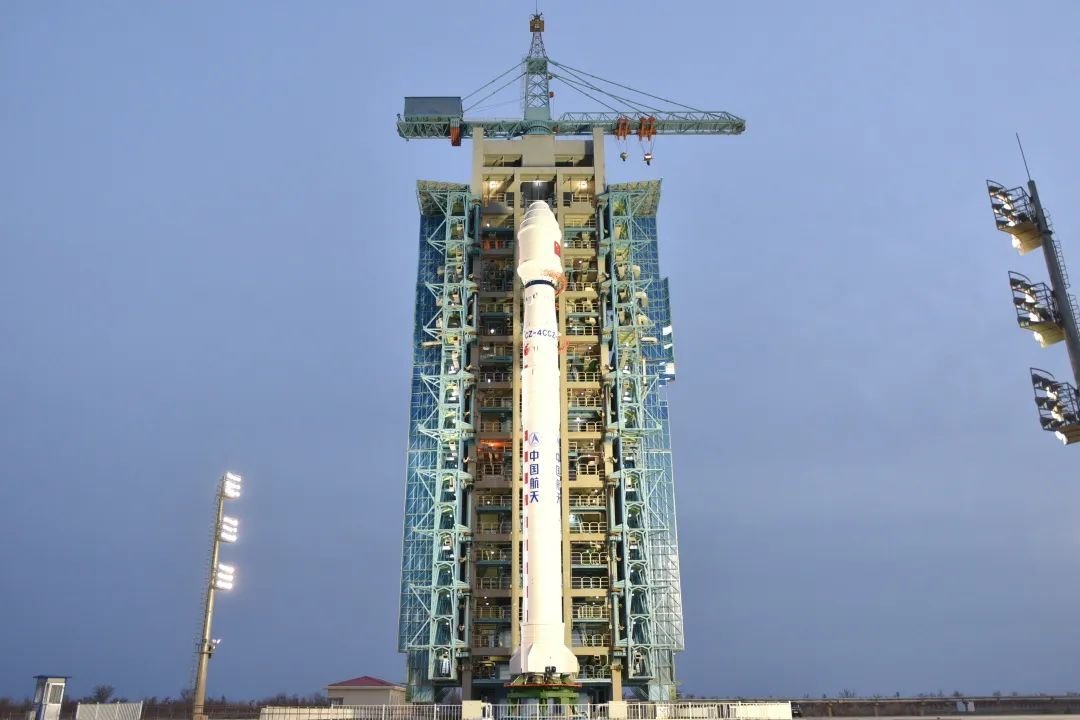Previous Spaceflight Launches
Filter by Agency, Locations or Vehicles
Show All LaunchesLong March 3B/YZ-1 | Beidou-3 M19 & M20
China Aerospace Science and Technology Corporation | ChinaXichang Satellite Launch Center, People's Republic of China
Dec. 16, 2019, 7:22 a.m.
New Shepard | NS-12
Blue Origin | United States of AmericaCorn Ranch, Van Horn, TX, USA
Dec. 11, 2019, 5:55 p.m.
PSLV-QL | RISAT-2BR1 & others
Indian Space Research Organization | IndiaSatish Dhawan Space Centre, India
Dec. 11, 2019, 9:55 a.m.
Soyuz 2.1b/Fregat-M | Glonass-M No. 59 (Kosmos 2544)
Progress Rocket Space Center | RussiaPlesetsk Cosmodrome, Russian Federation
Dec. 11, 2019, 8:54 a.m.
Status: Launch Successful
Mission:
Glonass-M, also known as Uragan-M, are the second generation of Uragan satellite design used for GLONASS satellite navigation system. GLONASS is a Russian space-based navigation system comparable to the similar GPS and Galileo systems. This generation improves on accuracy, power consumption and design life. Each satellite weighs 1415 kg, is equipped with 12 L-band antennas, and has an operational lifetime of 7 years.
Medium Earth OrbitKuaizhou 1A | HEAD-2A, 2B & Tianyi-16, 17 & Tianqi-4A, 4B
ExPace | ChinaTaiyuan Satellite Launch Center, People's Republic of China
Dec. 7, 2019, 8:52 a.m.
Kuaizhou 1A | Jilin-1-02B
ExPace | ChinaTaiyuan Satellite Launch Center, People's Republic of China
Dec. 7, 2019, 2:55 a.m.
Soyuz 2.1a | Progress MS-13 (74P)
Progress Rocket Space Center | RussiaBaikonur Cosmodrome, Republic of Kazakhstan
Dec. 6, 2019, 9:34 a.m.
Status: Launch Successful
Mission:
The Progress resupply vehicle is an automated, unpiloted version of the Soyuz spacecraft that is used to bring supplies and fuel to the International Space Station. Progress MS-13 will deliver close to 2,480 kilograms of supplies to the ISS, including around 420 kilograms of water in the containers of the Rodnik system, around 50 kilograms of pressurized oxygen in tanks, around 650 kilograms of propellant for refueling and around 1,350 kilograms of dry cargo, such as food rations, hardware for life-support and flight control systems, hygiene and medical supplies. In addition, the crew was also scheduled to receive a new tread for the treadmill.
Low Earth OrbitElectron | Running Out Of Fingers (Rideshare)
Rocket Lab | United States of AmericaRocket Lab Launch Complex 1, Mahia Peninsula, New Zealand
Dec. 6, 2019, 8:18 a.m.
Status: Launch Successful
Mission:
This is the Rocket Lab's 10th flight. It carries several small satellites for international commercial customers. This is also the first flight to feature an upgraded first stage of the Electron rocket, which is now equipped with new hardware and sensors. After completing its mission, Electron's first stage will perform a guided atmospheric re-entry, gathering data necessary for the development of Rocket Lab's reusability program.
Low Earth OrbitFalcon 9 Block 5 | SpX CRS-19
SpaceX | United States of AmericaCape Canaveral SFS, FL, USA
Dec. 5, 2019, 5:29 p.m.
Status: Launch Successful
Mission:
SpaceX launched the Dragon spacecraft on their 19th operational cargo delivery mission to the International Space Station. The flight was conducted under the Commercial Resupply Services contract with NASA. Dragon was filled with approximately 5,700 pounds of supplies and payloads, including critical materials to directly support more than 250 science and research investigations that occur onboard the orbiting laboratory.
Low Earth Orbit B1059 - Maiden Flight Of Course I Still Love YouLong March 4C | Gaofen-12
China Aerospace Science and Technology Corporation | ChinaTaiyuan Satellite Launch Center, People's Republic of China
Nov. 27, 2019, 11:52 p.m.
Status: Launch Successful
Mission:
Gaofen is a series of civilian Earth observation satellites developed and launched for the China High-definition Earth Observation System (CHEOS), a state-sponsored programme aimed to develop a near-real time, all-weather, global surveillance network consisting of satellite, near-space (stratosphere) airships, and aerial observation platforms.
